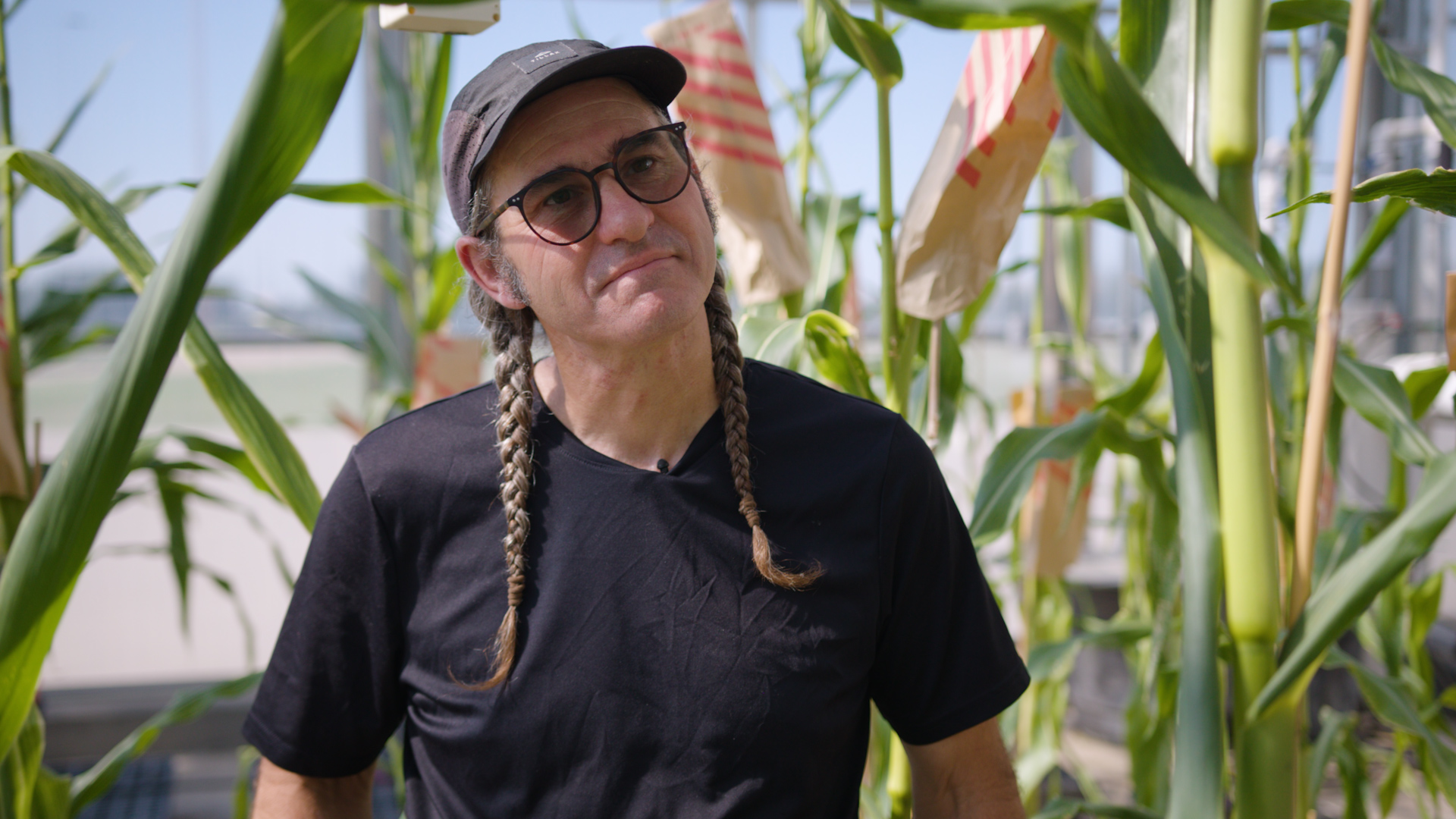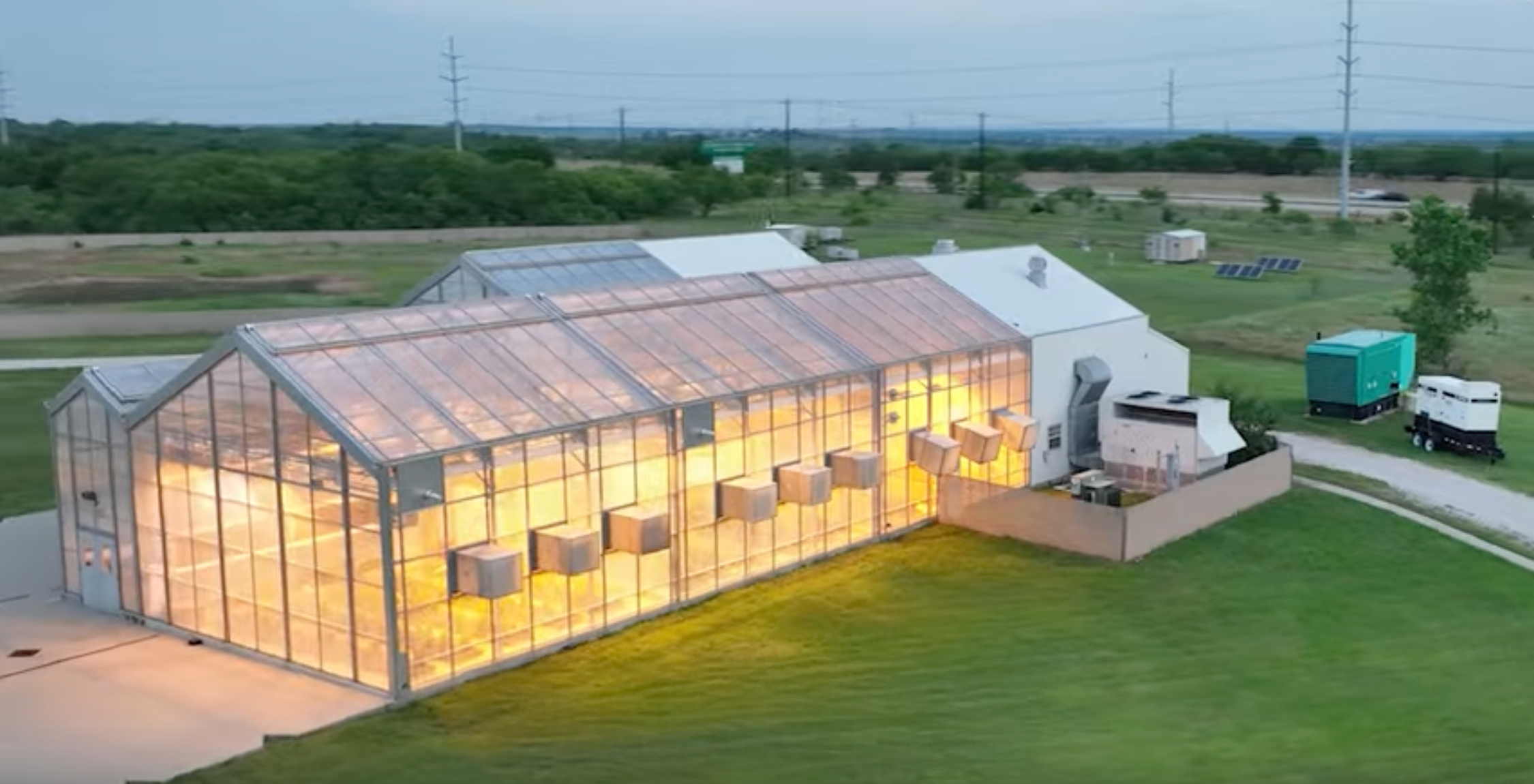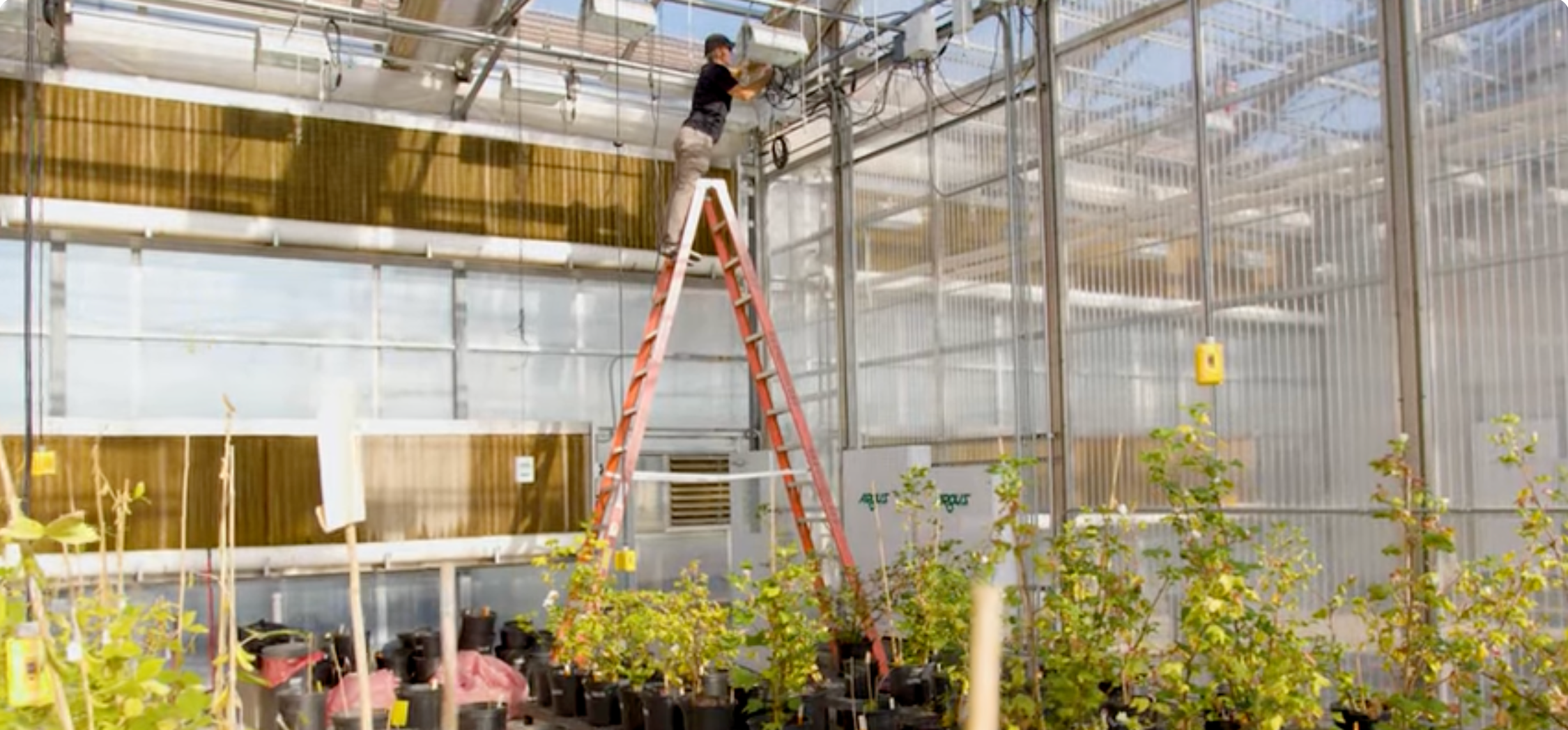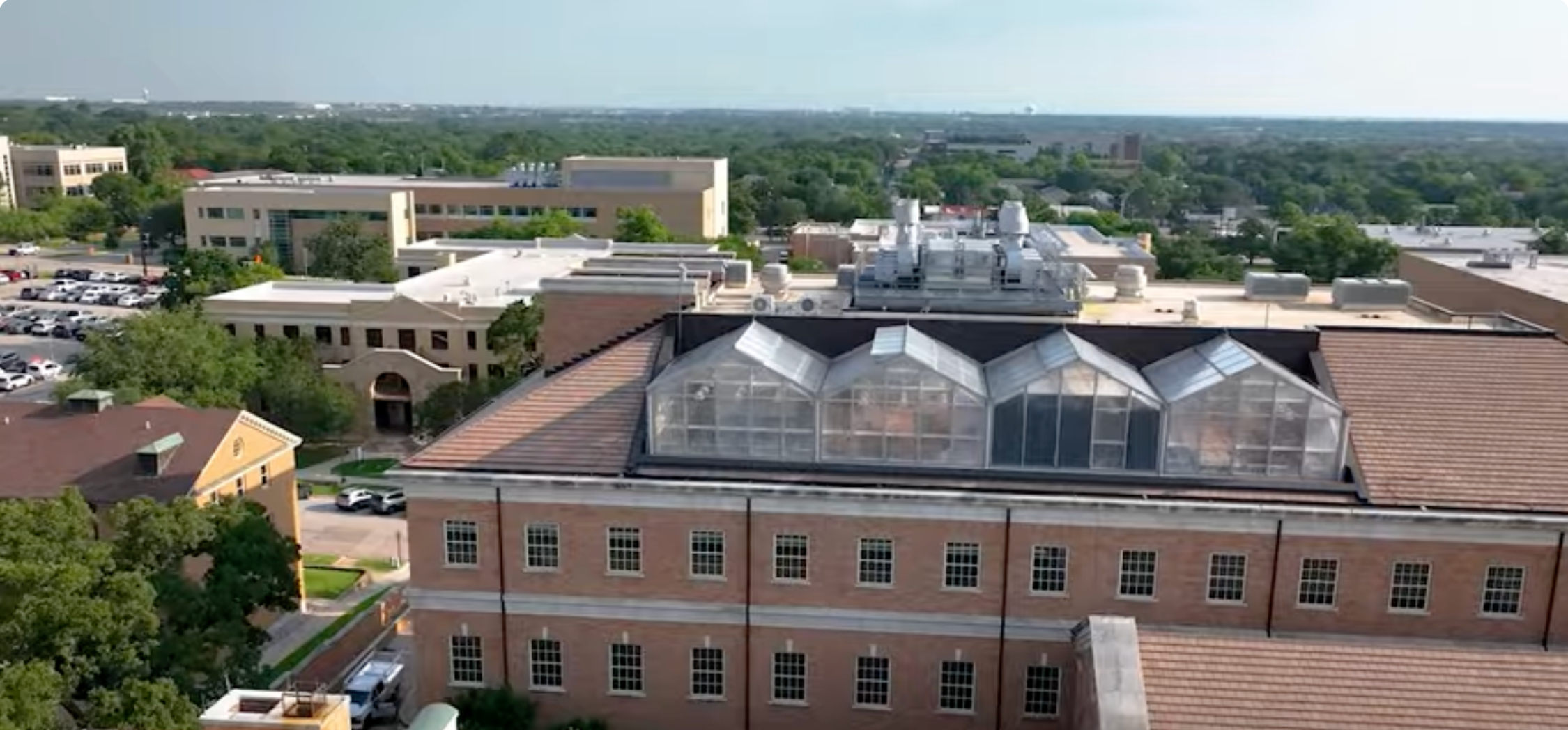Monday, July 21, 2025

DENTON (UNT), Texas — The University of North Texas' John Sullivan starts his work just before the sun rises. Every day, a captive audience
awaits his arrival, making sure their environment is in perfect condition for them
to grow but not necessarily thrive.
“My first instinct is to help them, but research is different. My inclination to help is often incorrect,” Sullivan said.
Sullivan is part of the small team that cares for research projects — including for agriculture, biology and chemistry purposes — underway in the University of North Texas Greenhouse Facilities.

UNT Greenhouse Technician, John Sullivan. John performs routine maintenance at Discovery Park Research Greenhouse as well as the Science Research Building (SRB) and Life Science Research Facility.
“I call this the crystal cathedral of knowledge,” Sullivan said. “Just like when they built cathedrals long ago, the people here may not see the end goal, but they’re looking forward to the future. They’re starting something that the next person will build on.”
Despite the plants’ slow-going nature, a day in the greenhouse can be anything but. Sullivan describes himself as a jack-of-all-trades. His day starts with checking a greenhouse monitoring system for issues and then getting to work. Some of his tasks include repairing the water system, using a scaffold to fix the ceiling’s wiring or climbing onto the roof to fix a panel.
“What I brought with me was the ability to learn, and I think that’s important,” Sullivan said. “Generally, what I do here is try to solve problems, not create them.”

The Discovery Park Greenhouse is located off-site of the main campus. It is the largest of the managed greenhouse facilities for UNT Denton, consisting of four cells with 1000 square feet of growing space each. And the only managed Greenhouse equipped with an expanded infrastructure to accommodate diverse growing conditions, including high ceilings to grow jojoba, cotton, corn and other tall plants.
Sullivan is a sixth-generation Texan whose family are farmers. He has helped raise mostly crop plants such as corn, soybeans and cotton, making his role is a full circle moment to him.
“I often think about how my great-great-great-grandfather was looking after cotton plants in central Texas, and now I’m doing the same thing. Only these are genetically altered. It’s far from farming, but it’s still close in its own way.”
Plants in the greenhouses can be altered for several purposes. Sullivan says some of the projects he’s seen involved making more drought-tolerant crops. Others have led to a better understanding of plants on a cellular level.
“I love to see how my job dovetails into research. I’m a support role, and if we don’t do this, none of the research happens.”
Each cell in the greenhouses is tailored to the growing environment needed for the project inside. A state-of-the-art control panel lets Sullivan and the team control the heaters, fans, shutters and the water system in the cells. It even allows them to control special lights that can speed up the growing process.
 “There wasn’t really a lot of information on these when they came out, so it was a
learning curve. It was a lot of figuring it out and working with the company techs.
Now we can grow these beautiful research crops,” Sullivan said.
“There wasn’t really a lot of information on these when they came out, so it was a
learning curve. It was a lot of figuring it out and working with the company techs.
Now we can grow these beautiful research crops,” Sullivan said.
The work doesn’t end at just growing the crops. Every part of the plant’s life cycle is considered. As the plants wither, Sullivan will even sweep the floors to collect fallen leaves in order to protect the natural ones growing outside.
“You have to remember these are altered crops. We can’t just throw them away when the project is done, so we autoclave them, which is like extreme pressure cooking,” Sullivan said. “My coworker Gail has been very helpful in teaching me the lab safety protocols and the reasoning behind them. Working in research lab is very different from the typical landscape greenhouse.”
No matter the task, big or small, Sullivan holds a sense of pride towards his work.

UNT's Life Sciences Complex “B” Rooftop Greenhouse is located on the main campus. It features four climate-controlled cells, totaling 1600 square feet of growing space.
“You don’t have to have to know the research to help the research,” Sullivan said. “You just need to know your part and do it well. The people here are trying to improve the world, and to be able to work with that, even though it’s a small part, means I am too.”
From UNT News – Research